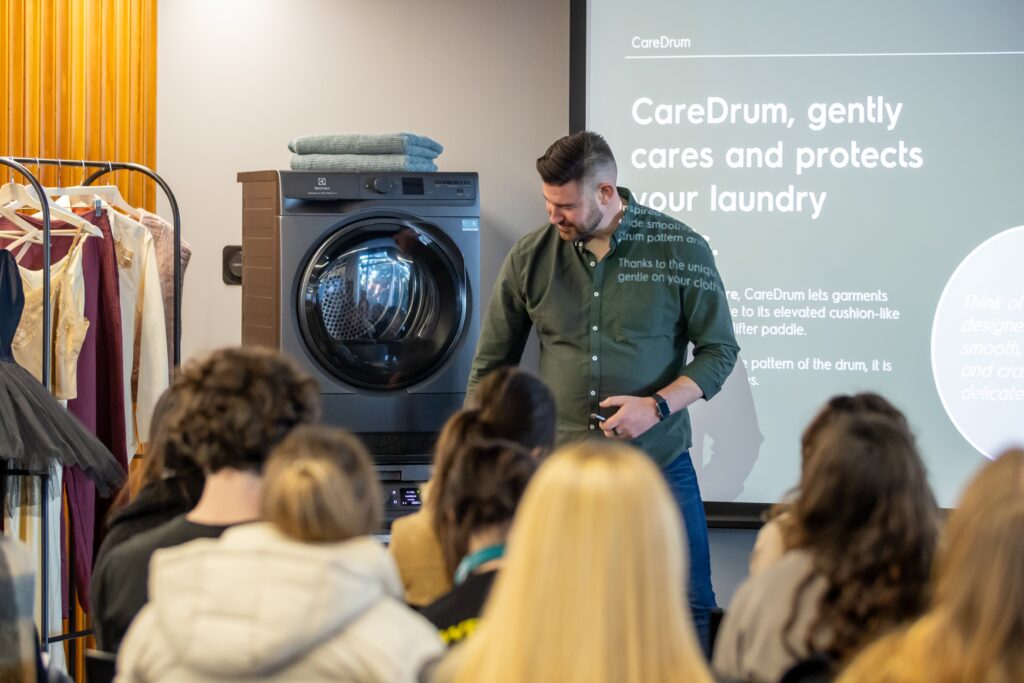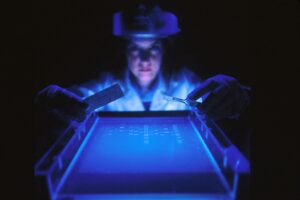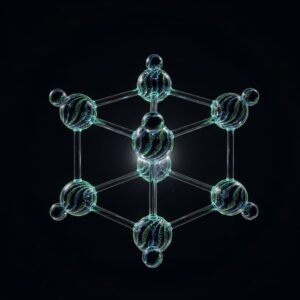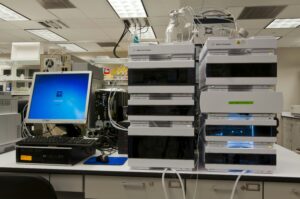
Electrolux has joined forces with the Whitehouse Institute of Design, Australia, to integrate fabric care education into the fashion curriculum. This strategic partnership aims to address the fashion industry’s mounting waste crisis by equipping future designers with the knowledge to create garments that are built for longevity. The initiative embeds laundry science directly into design education, with Electrolux installing its state-of-the-art UltimateCare 900 washing machines and dryers across Whitehouse’s studios. This allows students to assess fabric durability during the design process rather than as an afterthought.
The collaboration comes at a crucial time, as the Global Fashion Agenda’s Pulse Report highlights that a staggering 92 million tonnes of textile waste are generated globally each year, much of which is discarded prematurely due to inadequate care practices. By focusing on sustainability at the design stage rather than at the point of disposal, the partnership seeks to make a significant impact.
Embedding Sustainability in Fashion Education
“This is about shifting the sustainability conversation upstream,” says Christina Kumcevski, Electrolux’s Head of Marketing for Australia and New Zealand. “By embedding knowledge of fabric care and durability into the design process, we’re helping the next generation of creatives think beyond aesthetics and design with purpose.”
Fashion Design and Creative Direction and Styling students have participated in hands-on workshops at the Electrolux Experience Centre, where they learned how different textiles respond to modern care technologies and how appliance choices can impact garment lifespan. Electrolux has equipped Whitehouse studios with its premium laundry technology, including:
- UltimateCare 900 12KG Washing Machine ($1,879)
- IntelliDose automatically delivers optimal detergent dosing
- SensorWash detects remaining dirt and adds detergent if needed
- Woolmark Blue Certification for delicate care
- IntelliQuick washes 12kg loads in 45 minutes
- UltimateCare 900 9KG Heat Pump Dryer ($2,499)
- 3DSense Technology scans moisture levels for precise drying
- DelicateCare adjusts temperature and motion per fabric type
- Steam Refresh reduces wrinkles by up to 50%
- Wi-Fi connectivity for remote monitoring
These tools enable students to test washability and performance under real-world conditions, integrating durability considerations into their design process.
Beyond the Classroom: Expanding Impact
“Sustainability is no longer a trend, it’s a responsibility,” says Leanne Whitehouse, Founder and Executive Director of Whitehouse Institute. “With Electrolux’s partnership, our students can now explore the connection between creativity, care, and longevity in a tangible way.”
The initiative extends beyond campus through:
- A digital content series educating consumers about laundry habits and fashion waste
- Student grants rewarding video submissions that combine creative thinking with sustainability
- Industry exposure for emerging talent balancing style with substance
The partnership represents a paradigm shift in fashion education, where garment care becomes integral to design rather than an afterthought. By teaching future designers to consider washing, drying, and long-term maintenance during creation, the collaboration aims to reduce premature disposal, a major contributor to fashion’s environmental impact.
Implications for the Fashion Industry
For Australian fashion students, this practical approach to sustainability provides a competitive advantage in an industry increasingly focused on circular economy principles. Understanding fabric science and care technology positions graduates to meet growing consumer demand for durable, sustainable fashion.
The timing aligns with broader industry movements toward transparency and longevity, as brands face pressure to address their environmental footprint. By starting with education, Electrolux and Whitehouse aim to influence fashion’s next generation before unsustainable practices become entrenched.
As fashion’s waste crisis accelerates, this partnership suggests solutions may lie not in recycling more, but in designing better, creating garments that survive the wash cycle as elegantly as they grace the runway.







